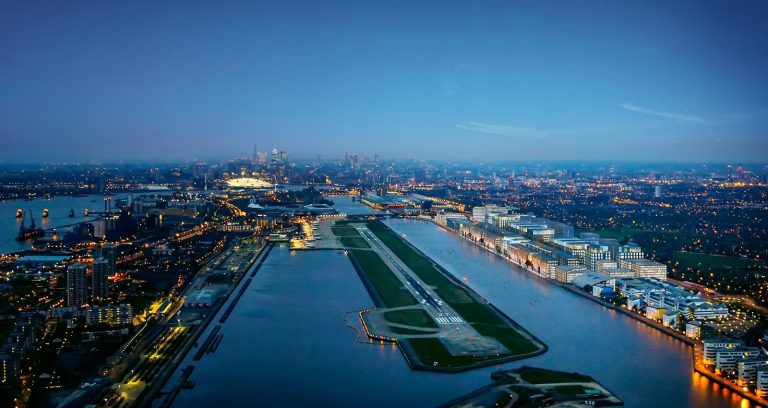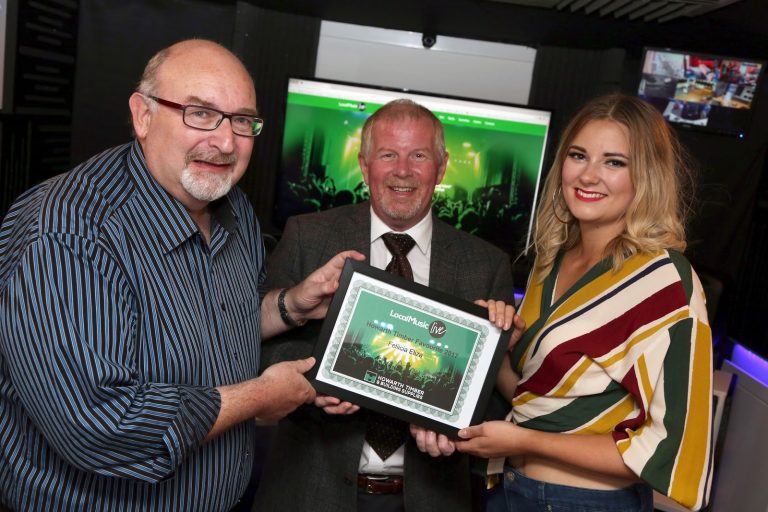The Royal Institute of British Architects (RIBA) today (Wednesday 24 September) announced the 2015 RIBA Honorary Fellowships which will be awarded to thirteen individuals from a diverse spectrum of backgrounds, including the worlds of engineering, media, education and the arts. RIBA Honorary Fellowships are awarded annually to people who have made a particular contribution to architecture in its broadest sense. This includes its promotion, administration and outreach; and its role in building more sustainable communities and in the education of future generations. The 2015 RIBA Honorary Fellowships will be awarded to: Professor Peter Carl, academic, London Metropolitan University
Marilyn Dyer, Architectural Association Registrar
Gerald Hines, Founder and Chairman of HINES
Niall Hobhouse, client and curator
Kurt W Forster, architectural historian
Ola Kolehmainen, artist
Ian Latham, publisher and writer
Frosso Pimenides, The Bartlett School of Architecture, University College London
Vicky Richardson, Director of Architecture, British Council
Peter Sweasey, television producer
Mark Swenarton, architectural historian and critic
Neil Thomas, structural engineer
Dalibor Vesely, academic
The lifetime honour allows recipients to use the initials Hon FRIBA after their name. The 2015 RIBA Honorary Fellowships will be awarded at a special event at the RIBA, 66 Portland Place, London, W1 on 3 February 2015. ENDS Notes to editors For further press information contact Howard Crosskey in the RIBA Press Office: 020 7307 3761 howard.crosskey@riba.org
Honorary Fellowships are awarded by the RIBA each year to individuals who have made an outstanding contribution to the quality of architecture, the achievements of the profession and the aims and objectives of the RIBA. Any person who is not an architect may be nominated by RIBA members and elected as an Honorary Fellow.
The 2014 RIBA Honours Committee who selected the 2015 fellows was chaired by RIBA President Stephen Hodder with Joseph Rykwert, Benedetta Tagliabue, Eric Parry and Louisa Hutton.
The Royal Institute of British Architects (RIBA) champions better buildings, communities and the environment through architecture and our members. Visit www.architecture.com and follow us on Twitter.
RIBA Honorary Fellows 2015 citations:
Prof Peter Carl, Head of PhD Programme, London Metropolitan University Peter Carl is one of the most influential teachers of architecture at work today. He studied architecture at Princeton, receiving his M Arch in 1973. As a Prix de Rome scholar he spent two years studying the architectural history of Rome from its origins to the creation of the new town of EUR. He then taught at the University of Kentucky until 1979. Under the Deanship of Anthony Eardley his primary subject was the origins of architecture, and among his teaching colleagues was Daniel Libeskind. During that time he took part in the Roma Interrotta, a re-imagining of the 18th century plan of city of Rome, with Colin Rowe. In 1979 he moved to the University of Cambridge, teaching design and the graduate programme in History and Philosophy of Architecture with Dalibor Vesely, Joseph Rykwert and Wendy Pullan. He also ran studios with the likes of David Leatherbarrow, Mohsen Mostafavi and Eric Parry, exploring the issues of orientation in London and other European cities. His work at Cambridge deepened our understanding of cities from their origins to the present day. After 20 years, Peter became director of the PhD programme in the Faculty of Architecture and Spatial Design, London Metropolitan University. His PhD course combines concrete design issues with their cultural significance. Peter has always placed architecture in a wider cultural context. At Princeton his research into the nature of architectural meaning, supervised by Michael Graves led to an unpublished paper, Thematic Organisation, and he is currently working with Frederick Phillipson on a book on Practical Wisdom and Joyce’s Dublin. And during a sabbatical from Cambridge he spent time researching Plato, Aristotle, and Judeo-Christian primary texts. But time and again his thinking, his writing and his teaching have returned to Le Corbusier – for him one of the last architects to care about the traditional inheritance of architecture and to re-think it creatively. Marilyn Dyer – Registrar AA Marilyn commenced her employment at the Architectural Association in 1970 as a co-ordinator for the Centre of Advanced Studies in Environment (providing short courses for professionals), at the time when the AA was proposing an amalgamation with Imperial College. From 1971 she worked under the leadership of the incoming Chairman of the AA, Alvin Boyarsky. Over a period of four decades Marilyn has worked with four different Chairmen: Alvin Boyarsky, Alan Balfour, Mohsen Mostafavi and Brett Steele. In that time she has been responsible for the administration and co-ordination of the Centre for Advanced Studies in Environment, Professional Practice, the School’s Facilities, its Graduate School, the Undergraduate School, Admissions and Accounts. She has also acted as its Assistant Registrar and for the last 14 years its Registrar. It is true to say that the AA is always evolving and over the last few decades the AA has increased its Graduate Programmes which are validated by the Open University for the awarding of degrees. The Undergraduate Programme has continued its validation of the five year undergraduate programme through the RIBA and ARB prescription. The School is now academically recognised by the Quality Assurance Agency. The Immigration status for international students has been a major challenge for the AA but to date the School holds a Highly Trusted Sponsor Status and received a clean bill of health by the Immigration officials that visited the School, unannounced, in October 2013. This is a vastly challenging and changing scene from the one which greeted Marilyn Dyer when she first entered the door of 36 Bedford Square. And none of this would have been possible without her expertise, clear thinking and humour. Kurt W Forster – architectural historian Kurt W Forster is an historian, critic, writer and teacher. He is a Swiss citizen who studied at universities in Switzerland, Germany, England and Italy, graduating in history of art and architecture, literature and archaeology at the University








